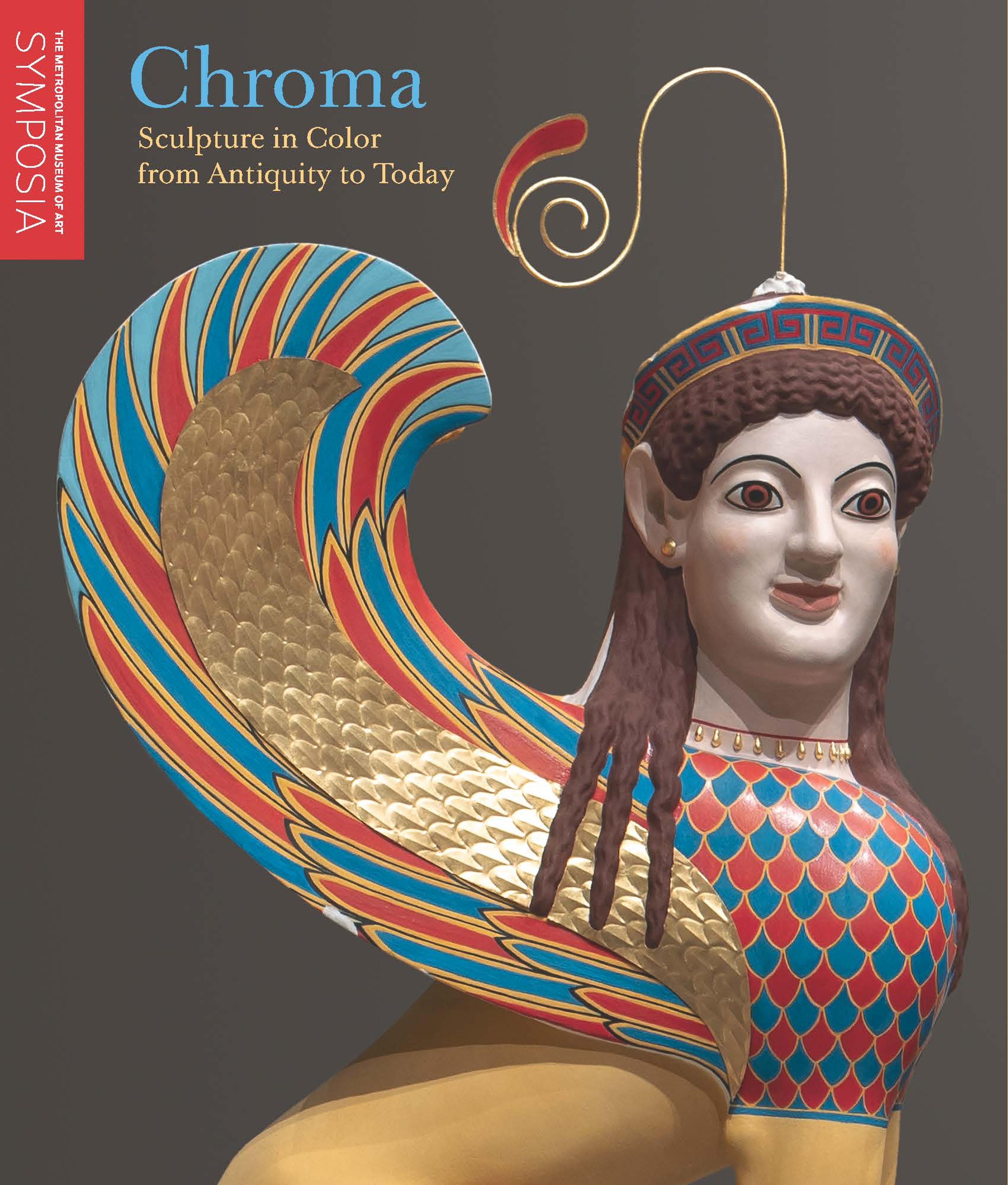Virgin and Child
This statuette is one of the most elegant images of the Virgin and Child produced in fourteenth-century France. The fine details of the carving as well as of the original gilding make this a most precious document of sculptural style associated with contemporary court patronage. This work may have been the gift of Jeanne d'Evreux (d. 1371), queen of France, to the Cistercian convent of Pont-aux-Dames, located near one of the royal chateaux.
The original gilt metal crown is now lost, which explains the smooth rounded surface at the top of the virgin’s head. The eucharistic pyx, held in the Virgin’s right hand and blessed by the Christ Child, prefigures the Passion.
The original gilt metal crown is now lost, which explains the smooth rounded surface at the top of the virgin’s head. The eucharistic pyx, held in the Virgin’s right hand and blessed by the Christ Child, prefigures the Passion.
Artwork Details
- Title:Virgin and Child
- Date:ca. 1340
- Geography:Made in Ile-de-France
- Culture:French
- Medium:Marble, gilding
- Dimensions:Overall (with base): 32 x 9 1/2 x 6 5/16 in. (81.3 x 24.1 x 16 cm)
without base: 30 3/8 x 9 3/8 x 5 5/16 in. (77.2 x 23.8 x 13.5 cm)
Base: 1 5/8 x 9 1/2 x 6 5/16 in. (4.1 x 24.1 x 16 cm) - Classification:Sculpture-Stone
- Credit Line:Gift of J. Pierpont Morgan, 1917
- Object Number:17.190.721
- Curatorial Department: Medieval Art and The Cloisters
More Artwork
Research Resources
The Met provides unparalleled resources for research and welcomes an international community of students and scholars. The Met's Open Access API is where creators and researchers can connect to the The Met collection. Open Access data and public domain images are available for unrestricted commercial and noncommercial use without permission or fee.
To request images under copyright and other restrictions, please use this Image Request form.
Feedback
We continue to research and examine historical and cultural context for objects in The Met collection. If you have comments or questions about this object record, please contact us using the form below. The Museum looks forward to receiving your comments.
